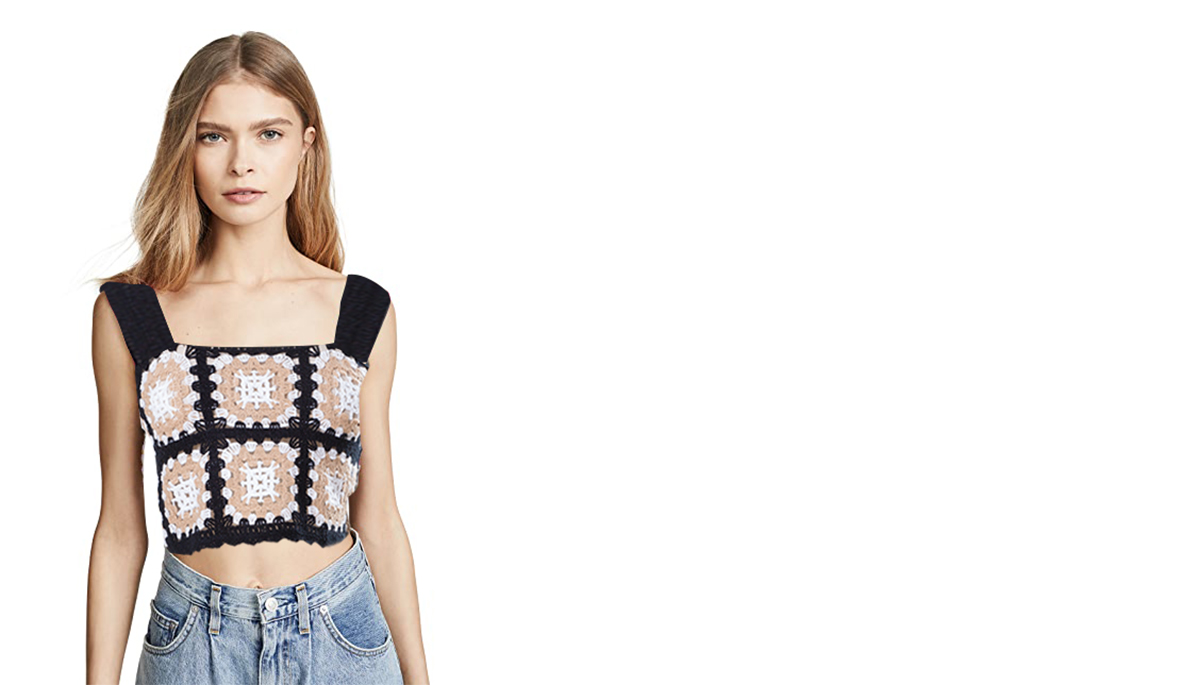From weaving basic fabrics to finished products, every process strictly follows the standards of international quality system certification to ensure stable product quality.
-

+86-573-88452585
-

+86-13819405285
+86-18324344195 -

-

Yao Jieba, Shangmo Village, Chongfu Town, Tongxiang City, Zhejiang Province, China


 English
English 中文简体
中文简体 Español
Español


















